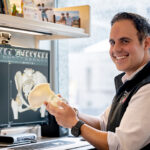Another level of gratitude: Spina bifida care for Liam
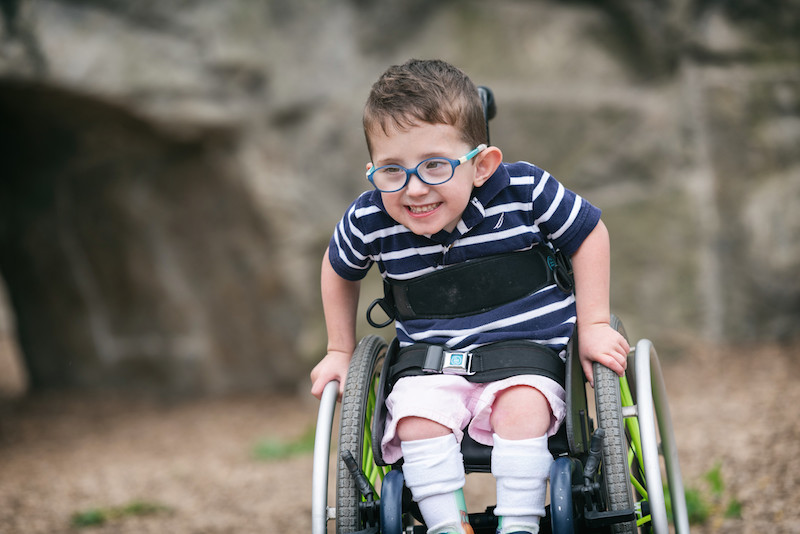
Most parents first walk through the doors of Boston Children’s Hospital seeking answers about their child’s health. But until recently, when Mary Holleran arrived at the hospital, she was simply beginning another day at work. A nurse practitioner, she’s been on staff at Boston Children’s for more than a decade, much of it spent caring for children in the outpatient Hematology Clinic.
Yet when Mary was pregnant with her older son, Liam, she gained a new perspective. “Liam was diagnosed with a type of spina bifida called myelomeningocele when I was 10 weeks pregnant,” she explains. The most severe form of spina bifida, myelomeningocele occurs when the backbone and spinal cord fail to close and the spinal cord doesn’t develop normally. “There were a lot of uncertainties about his health,” says his mom.
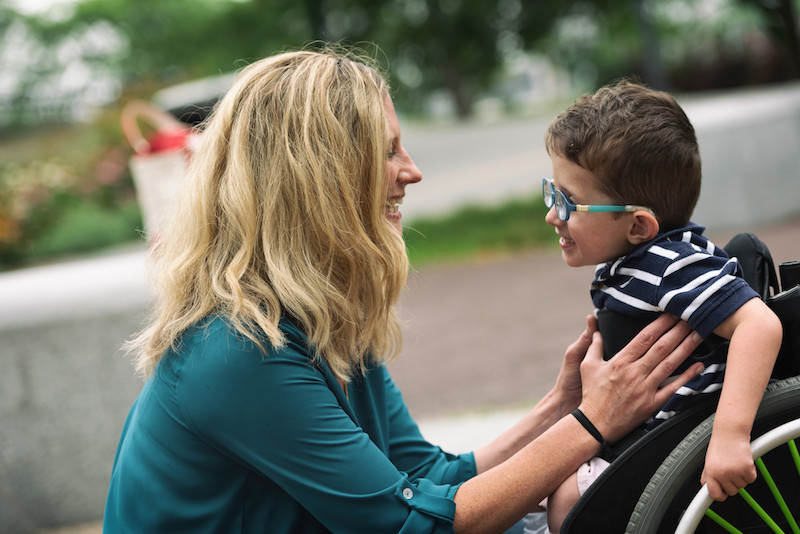
A crash course in spina bifida
Even though Mary has been a nurse for nearly 20 years, she had worked almost exclusively in hematology and oncology. “I didn’t really know much about spina bifida,” she admits. “It was a new field for me from a nursing perspective.” Soon, however, she and her husband, Dan, would get a crash course in the complex condition.
Mary was seen at the hospital’s Maternal Fetal Care Center before Liam was born. When he was just one day old, he underwent surgery with neurosurgeon Dr. Benjamin Warf to close the defect in his spine. Since then, Liam has had other surgical procedures, too. A technique called ETV/CPC successfully treated his hydrocephalus, a problem in which cerebrospinal fluid builds up in or around the brain. And surgery by Dr. Warf released his tethered spinal cord.
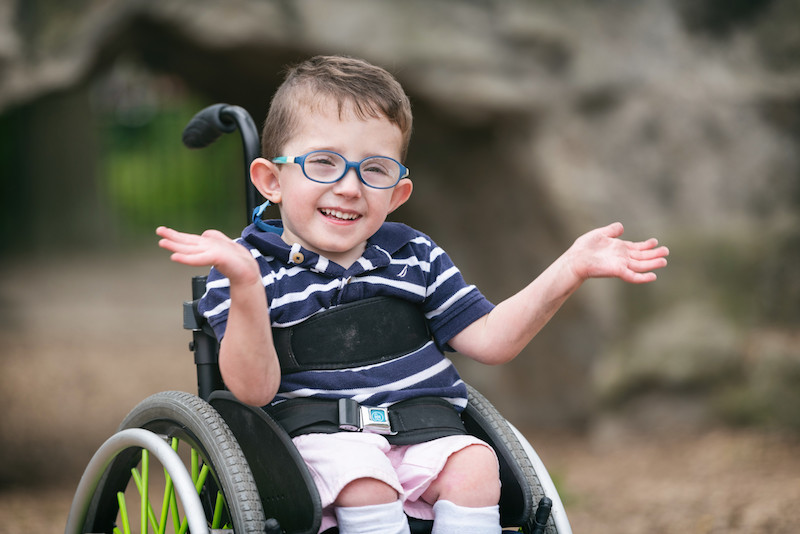
Rolling with it
Now 3 years old, Liam continues to see Dr. Warf, as well as orthopedic surgeon Dr. Lawrence Karlin, urologist Dr. Carlos Estrada, Jr., director of the Spina Bifida and Spinal Cord Conditions Center, and complex care physician Dr. Nedda Hobbs. Nurse practitioners Rebecca Sherlock and Michelle Deonarine keep everything running smoothly between appointments. “They’re great resources for all of the day-to-day questions,” says Mary. As for Liam, whether he’s going to speech therapy, physical therapy, or another appointment, “he just rolls with it,” says Mary. “He handles it all like a champ.”
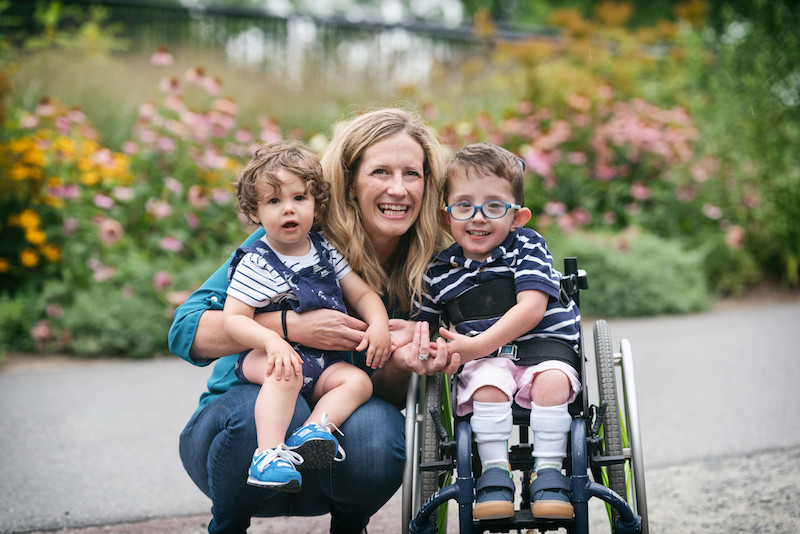
When he’s not going to school, reading funny books, and playing with his younger brother, Liam can be found on the back of a horse enjoying equine therapy, an approach that’s been shown to benefit both kids and adults with spina bifida. Obsessed with his ABCs, farm animals, and being silly, “he’s a typical 3-year-old,” says his mother.
Since Liam’s diagnosis, Mary and her family have launched an initiative aimed at raising funds for and awareness of spina bifida. And her perspective about her workplace has evolved, too. “Like most people at Boston Children’s, I’ve always said that it’s such a privilege to work here,” she says. “But coming here with Liam as a patient has been eye-opening. I think of the hospital in a different way now — it’s another level of gratitude.”
Learn about the Spina Bifida and Spinal Cord Conditions Center.
Related Posts :
-

3D imaging could become standard practice in orthopedics. Here’s how.
It took a trained eye to see the abnormality on the patient’s X-ray. There, hidden behind the acetabulum was ...
-

A safe, pain-specific anesthetic shows preclinical promise
All current local anesthetics block sensory signals — pain — but they also interrupt motor signals, which can be problematic. For example, ...
-

Adam takes a pause from his active life for non-ossifying fibroma
Adam was 11 in early 2024 when he and his bike slid under a downed tree. Such events aren’t unusual for ...
-

Choosing fetoscopic spina bifida care for Hadley
When Katie and Derek learned in 2024 that their daughter Hadley would be born with spina bifida, they quickly set out ...


